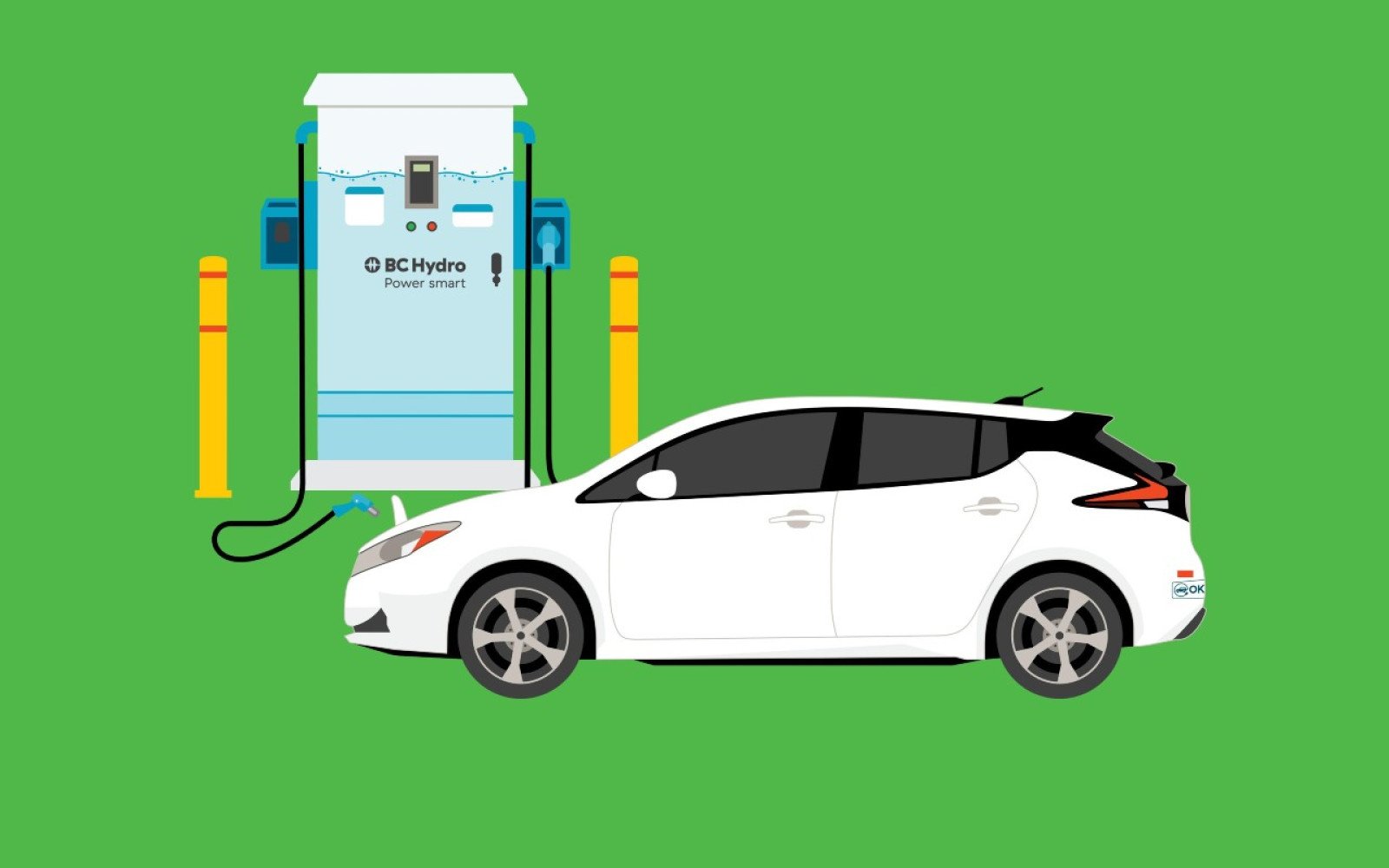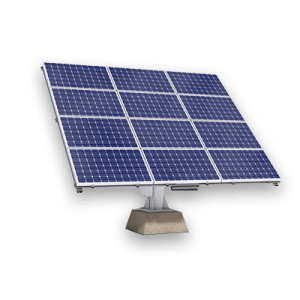
Overview
Why choose an electric vehicle? Think about the benefits to the environment and future generations. Learn about your EV options, decide how to collect information, analyze data and select your favourite vehicle.
Instructions
What you'll need
- “Choose an EV” worksheet
- “Electric vehicle” image
What do you know about electric vehicles?
- Project the “Electric vehicle” image for students to look at as the lesson begins.
- Choose from the following prompts for a think-pair-share discussion.
- What do you know about electric vehicles?
- What do you think are the benefits of switching from gas-powered to electric vehicles?
- Do you think electric vehicles are an effective strategy to reduce greenhouse gas emissions? Why or why not?
So many choices…
- Explain that the B.C. government has made a commitment that all new car sales will be zero-emission vehicles by 2040.
- Imagine it’s time for you to buy an electric vehicle. Do a quick class brainstorm about what factors affect which EV to choose.
- Record ideas on the board including type (all electric or hybrid), range (how far you can travel after charging), cost/price, where can I charge it, battery life, where cars are built, style/look, size, etc.
- Review the “Choose an EV” worksheet and have students complete it on their own or with a partner.
- Students decide what data to collect and how to collect it. This may be a digital or hard copy document. Decide on a system for collecting information considering what works best for your class.
- Allow time for students to make their plan, research and analyze the information.
Share
- Have students find a partner and do a “walk and talk” to share which EV they would buy.
- Listen to each other and clearly explain their choice.
- Find two or three partners if there’s time.
- Remind students that our actions affect the environment and climate change.
Modify or extend this activity
Extensions
- Plan a road trip in B.C. with your new electric vehicle. Map out the route, distances and where to charge the vehicle using PlugShare.
- Plan the route on Google Maps or other mapping site and then find charging stations on PlugShare OR
- Create an account on PlugShare and use the Trip Planner feature from the drop down menu beside the search function.
- Research new models of EVs expected on the market by 2025.
- Learn about electrification of other modes of transportation such as bicycles, ferries, trucks and airplanes.
Curriculum Fit
Core competencies
Communication
- Communicating
Thinking
- Critical and reflecting thinking
Personal and Social
- Social awareness and responsibility
Science 10, 11, 12
Big ideas
- Energy is conserved and its transformation can affect living things and the environment. (Science 10)
- Scientific understanding enables humans to respond and adapt to changes locally and globally. (Science for Citizens 11)
- Living sustainably supports the well-being of self, community and Earth. (Environmental Science 12)
- Human activities cause changes in the global climate system. (Environmental Science 12)
Content
- Impacts of energy transformations from technologies (Science 10)
- Actions and decisions affecting the environment (Science for Citizens 11)
- Beneficial scientific innovations (Science for Citizens 11)
- Personal choices and sustainable living (Environmental Science 12)
Curricular competencies
Questioning and predicting
- Demonstrate a sustained intellectual curiosity about a scientific topic or problem of personal, local or global interest
Planning and conducting
- Collaboratively and individually plan, select and use appropriate investigation methods to collect reliable data
Evaluating
- Demonstrate an awareness of assumptions, question information given and identify bias in their own work and in primary and secondary sources
Communicating
- Communicate scientific ideas, information and suggested course of action for a specific purpose and audience
Assessments
- Assess students’ ability to listen, share ideas and stay on topic in paired or group work.
- Assess students’ ability to plan how to collect data and information, analyze and evaluate the information and choose an EV.
- Assess students’ understanding of how EVs impact the environment in paired and class discussions.
Teaching Notes
Electric vehicles
Transportation, through the burning of fossil fuels, is the second largest source of greenhouse gas emissions in Canada. In order to reduce greenhouse gas emissions and fight climate change, governments are moving towards clean renewable energy sources for transportation. By 2040, all new light trucks and car sales will be zero-emission vehicles in Canada. Electric vehicles reduce carbon emissions, as well as maintenance due to fewer moving parts and fuel costs. In B.C., 97 per cent of our electricity is generated from a clean renewable energy source. Barriers to buying an electric vehicle include the initial cost and range, or distance you can travel, on a charge. Innovation and new technologies are continually improving battery storage and EVs are able to travel greater and greater distances. See BC Hydro and PlugInBC for more information.
Clean renewable energy sources
Choosing renewable energy sources helps reduce the impact of our energy use on the environment. In B.C., 97 per cent of electricity is generated from water, a clean and renewable source. Burning fossil fuels for transportation releases greenhouse gases and carbon dioxide into the environment that had previously been trapped underground.
Evaluating online sources
When evaluating online sources, students should think about:
- Is the information accurate? Is it fact or opinion?
- Who has written the information? Are they qualified? Are they being influenced to say specific things?
- Is the information biased? Is it trying to sell you something?
- Is it easy to find and understand the information?
Indigenous Peoples connections
“It is so important that we, as First Nations, show the rest of the world how mother earth is so precious to us all. Everyone has to work together to make change and it is going to take all of us to make change. Leaders and elders have to prepare young people so that positive change takes place.” - Chief George Planes, T’Sou-ke Nation
The concept of interconnectedness is fundamental to Indigenous Peoples' connection to the land and sense of responsibility to care for the earth for future generations. Transportation options that use renewable energy reduce our impact on climate change. Concepts of sustainability, consequences of our actions and responsibility to the land are woven throughout the First Peoples Principles of Learning.








